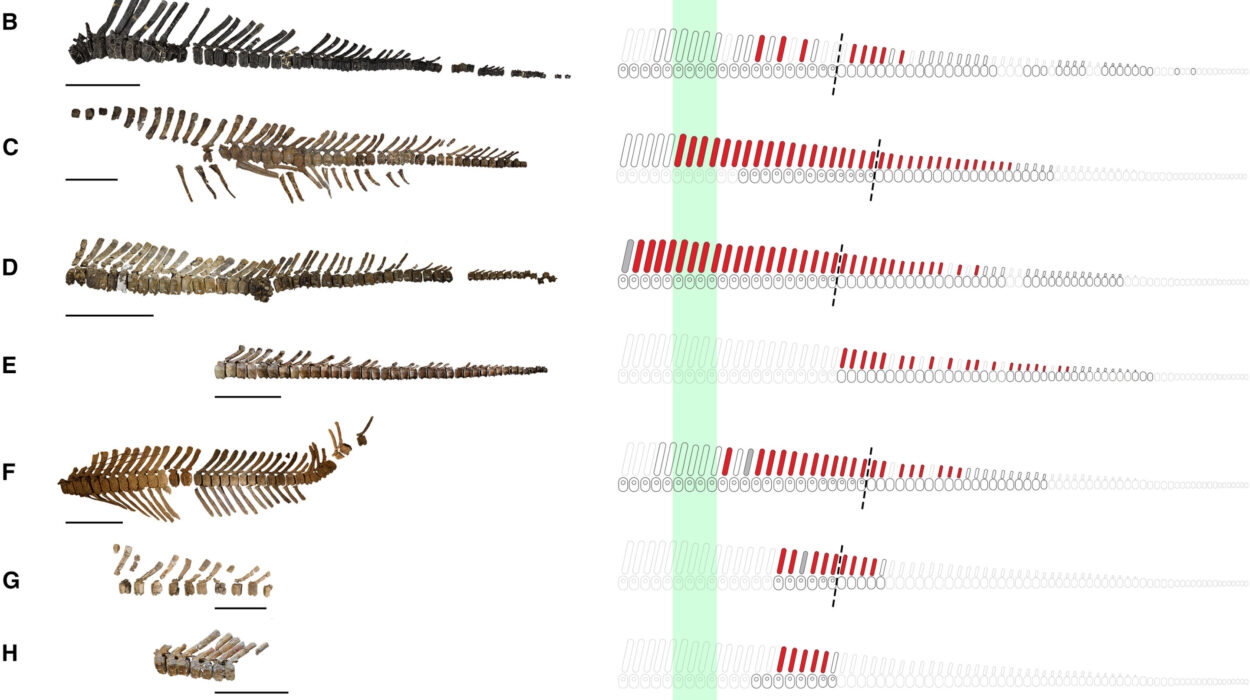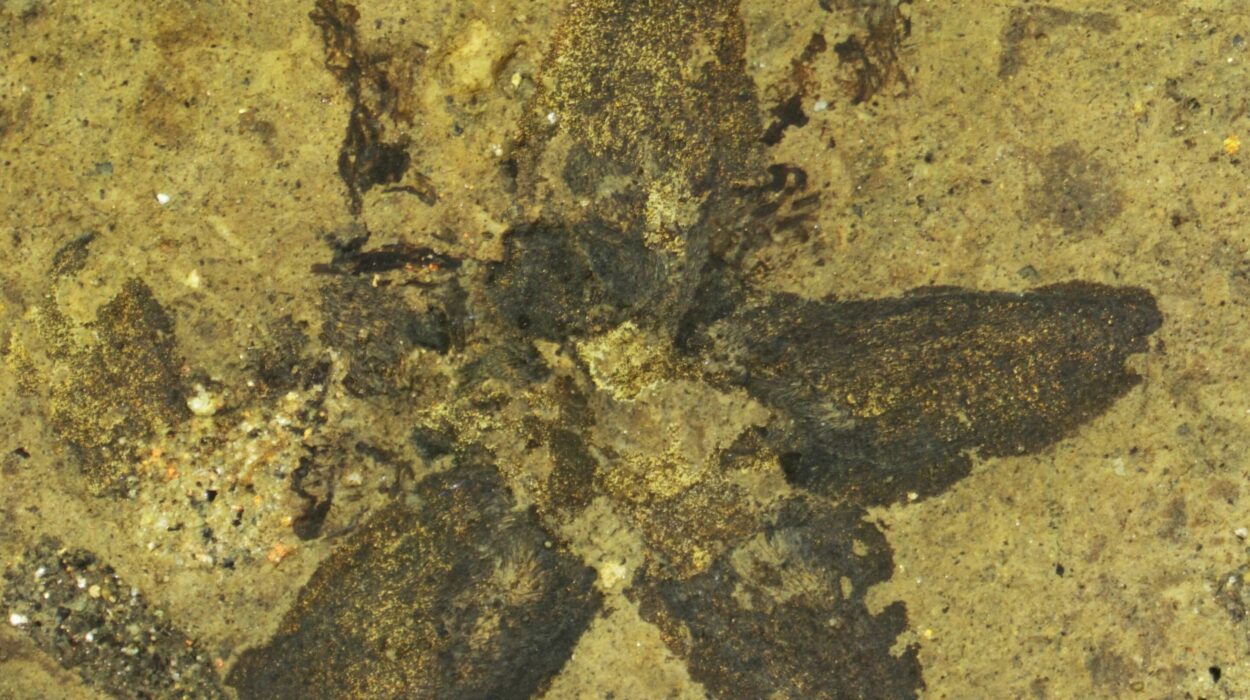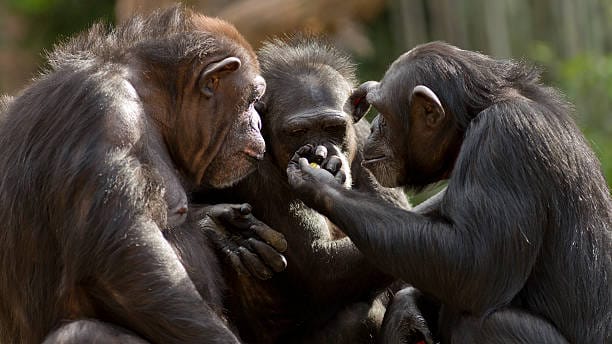Imagine a wild orangutan, young and wide-eyed, venturing out from the protective embrace of its mother after years of close companionship. With the departure comes not just freedom, but also a profound and intricate set of survival skills. This young orangutan, now on its own, carries with it a mental catalog of nearly 250 different plants and animals that it knows how to find, process, and eat. This isn’t knowledge that’s simply acquired through trial and error; it’s a vast, culturally-constructed library—passed down through generations, one orangutan to the next. The question that scientists have long wondered is: how do wild orangutans accumulate such an extensive and complex knowledge base, especially when they spend the majority of their lives in solitude?
A groundbreaking study has shed light on the answer, revealing that orangutans’ diets are not a product of individual discovery, but rather the result of a deeply cultural process that unfolds over time. This research, published in Nature Human Behaviour, suggests that just as humans build upon the ideas and innovations of those before them, orangutans rely on a complex web of social learning, accumulated cultural knowledge, and shared experiences to thrive in the wild.
Simulating an Orangutan’s Life
The research team, led by Dr. Caroline Schuppli from the Max Planck Institute of Animal Behavior, began their investigation by attempting to simulate the lives of young orangutans in the wild. The goal was to understand how an orangutan develops its diet from birth to adulthood—how does it learn to recognize and safely eat the hundreds of different foods that will sustain it?
To answer this, the researchers turned to a treasure trove of data collected over 12 years from wild Sumatran orangutans living in the swamp forests of Suaq Balimbing, Indonesia. Observations were made every few minutes to record the feeding behaviors of the orangutans, giving the team a comprehensive understanding of the role social interactions play in diet development. But there was a catch. It’s impossible to directly follow each orangutan from birth to maturity over 15 years of life.
So instead, the researchers built a simulation model—a digital reenactment of an orangutan’s life. This model incorporated real-world behaviors, such as observing others eating in the forest (a behavior called “peering”), being in close proximity to other orangutans while they fed, and being guided to feeding sites without direct social contact. Each of these variables was drawn from the data collected in the field, allowing the team to test how different forms of social learning impacted the development of an orangutan’s diet.
The results were nothing short of revealing.
The Power of Social Learning
When the simulated orangutans had access to all three types of social learning—peering, proximity, and guidance—they developed an adult-like diet by the time they reached maturity at around 15 years old. These virtual orangutans were able to identify and consume about 224 different food types, almost identical to what wild orangutans know. This strong correlation between the simulation and real-world observations confirmed that social interactions play an essential role in the formation of an orangutan’s diverse and complex diet.
“It was incredibly satisfying to see how closely the model matched the real-world development of orangutans,” says Dr. Elliot Howard-Spink, a postdoctoral researcher at the Max Planck Institute, and first author of the study. “We were able to show that these diets are the product of years of experiences shared with others, not just individual trial and error.”
But the experiment didn’t stop there. The team wanted to understand just how critical each of these social interactions is. What happens if we remove one of these elements? What if young orangutans can’t observe others eating, or aren’t in close proximity to other foragers? Would they still manage to gather the same broad repertoire of food knowledge?
Isolated Orangutans Struggle to Thrive
The results were striking. When the simulated orangutans were cut off from just one form of social learning, such as close-range observation (peering), their diet development slowed dramatically. By adulthood, they had only acquired about 85% of the full diet that a wild orangutan would have. But when both peering and proximity were removed—essentially cutting the orangutans off from all social interactions—their diets plateaued well before they reached maturity. These isolated orangutans had access to a wealth of food items, but without the social engagement to guide their learning, their dietary knowledge stopped developing altogether.
“Even with all these opportunities to encounter food items, we saw that nothing could replace the critical social interactions,” explains Howard-Spink. “The orangutans needed others to guide them, to show them what was safe to eat and how to process it. This cultural transmission is vital.”
The Significance of Cultural Knowledge
The findings speak volumes about the role culture plays in the lives of orangutans, and by extension, in all species, including humans. As Dr. Andrew Whiten from the University of St Andrews points out, “We’re seeing the strongest evidence yet that orangutan diets are culturally accumulated over many generations.” The complex food knowledge orangutans rely on is not something any one individual could learn on its own—it is the result of countless generations of cultural transmission.
But what makes this discovery even more profound is the realization that orangutans’ cultural knowledge stretches back millions of years. “The roots of human cultural accumulation may therefore reach back at least 13 million years to our last common ancestor with great apes,” says Dr. Claudio Tennie of the University of Tübingen. This suggests that the basic mechanisms that allow humans to build upon the knowledge of others may have been shared by our evolutionary relatives long before we ever walked the Earth.
The Urgency of Protecting Orangutan Culture
The implications of this research extend far beyond understanding orangutans’ diets. It also holds vital importance for conservation efforts. Orangutans, like many species, face growing threats from habitat loss, poaching, and the illegal pet trade. With their populations dwindling, the survival of orangutans depends not just on protecting the animals themselves, but also on ensuring they can pass down their cultural knowledge to the next generation.
Orphaned orangutans, for instance, are at an incredible disadvantage. If they are reintroduced into the wild without having learned the full scope of their cultural diet—especially in unfamiliar environments—they could face starvation or poisoning from unknown or toxic plants. “Our study emphasizes how important it is to pass on their full cultural menu, so that these animals have the greatest chance of success in the wild,” says Dr. Schuppli.
Conservation programs are already working to teach orangutans how to forage and feed themselves outside captivity, but this research underscores the significance of preserving the broader cultural knowledge that has been accumulated over generations. “The constant presence of a mother, and fleeting associations with other individuals, are critical for orangutan learning and development,” Schuppli adds. These cultural ties are not just a survival strategy—they are part of what makes orangutans who they are.
Why This Matters
This study provides us with a clearer understanding of how orangutans, and potentially other non-human species, rely on culture to navigate their environments and ensure their survival. It shows us that knowledge is not simply individual—it is collective and accumulative. In a world where the survival of many species hangs in the balance, understanding and preserving the intricate cultural practices of animals like orangutans could be crucial for their future, and for our shared understanding of what it means to live in a world of culture and knowledge.
More information: Culture is critical in driving orangutan diet development past individual potentials, Nature Human Behaviour (2025). DOI: 10.1038/s41562-025-02350-y






